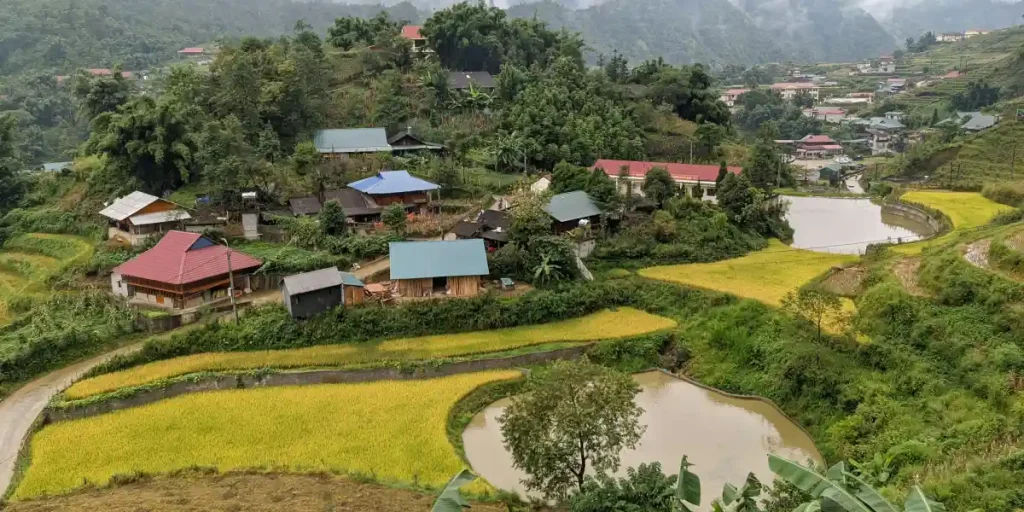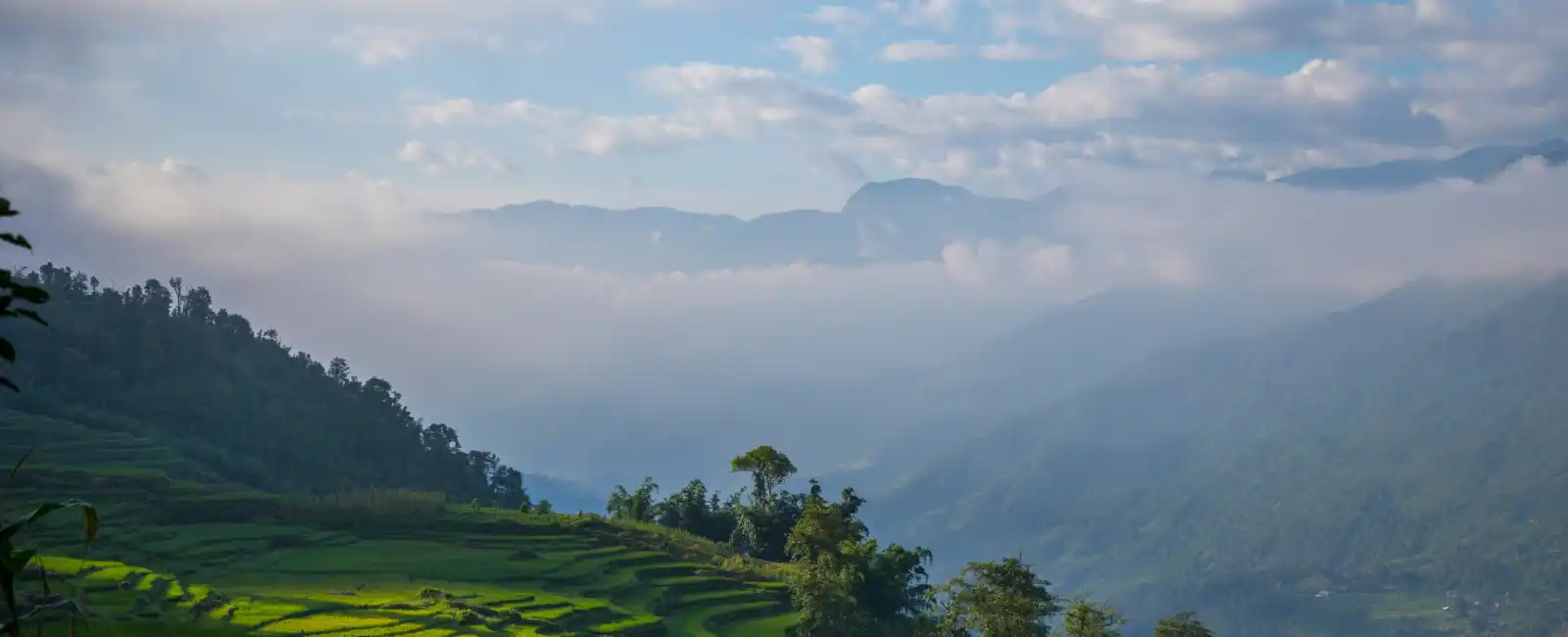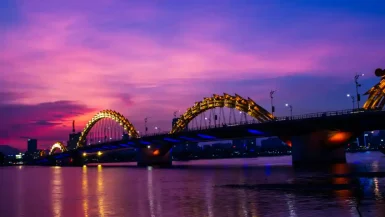Nestled in the mountains of northern Vietnam, Sapa is a destination that captivates every traveler. With its stunning rice terraces, diverse ethnic cultures, and breathtaking landscapes, Sapa offers an unforgettable experience. This guide will help you explore the magic of Sapa and make the most of your visit.
Getting to Sapa
Reaching Sapa is an adventure in itself. Most travelers start their journey from Hanoi, the capital of Vietnam. You can choose between a comfortable overnight train or a scenic bus ride. The train journey takes around eight hours and offers a glimpse of Vietnam’s countryside. On the other hand, the bus ride is faster, taking approximately six hours, and provides more flexibility with departure times.
The Allure of Sapa’s Landscapes
One of the main reasons to visit Sapa is its stunning landscapes. The terraced rice fields are a sight to behold, especially during the harvesting season from September to early October. The vibrant green paddies turn golden, creating a mesmerizing view that is perfect for photography enthusiasts.
Exploring Sapa Town
Sapa town serves as the gateway to the surrounding natural beauty. It has a charming atmosphere, with French colonial architecture, bustling markets, and cozy cafes. Spend some time exploring the town before heading out to the more remote areas.
- Sapa Market: The local market is a vibrant place where you can find everything from fresh produce to handmade crafts. It’s also an excellent opportunity to interact with the local ethnic minorities.
- Stone Church: Built by the French in the early 20th century, this church is a symbol of Sapa. It’s located in the town center and is a popular meeting point for locals and tourists alike.

Trekking in Sapa
Trekking is the highlight of any trip to Sapa. The region offers a variety of trails suitable for all fitness levels. You can choose from short day hikes to multi-day treks that take you through remote villages and breathtaking landscapes.
- Cat Cat Village: A short trek from Sapa town, Cat Cat Village is home to the Hmong people. Here, you can observe traditional crafts and enjoy the stunning scenery.
- Muong Hoa Valley: This valley is famous for its terraced fields and is a popular trekking destination. The trail passes through several ethnic minority villages, including Lao Chai and Ta Van.
- Fansipan Mountain: Known as the “Roof of Indochina,” Fansipan is the highest peak in Vietnam. For adventurous travelers, a trek to the summit is a challenging yet rewarding experience. Alternatively, you can take a cable car to the top for spectacular views.
Cultural Immersion
Sapa is home to several ethnic minority groups, each with its own unique culture and traditions. The Hmong, Dao, Tay, and Giay people are the most prominent. A visit to their villages offers a chance to learn about their way of life, traditional clothing, and customs.
- Homestays: Staying in a homestay with a local family is a fantastic way to immerse yourself in the culture. You’ll get to experience daily life, enjoy home-cooked meals, and gain a deeper understanding of the local customs.
- Markets: Local markets are held weekly in various villages. The Bac Ha Market, held every Sunday, is one of the largest and most colorful. It’s a great place to buy handmade crafts and textiles, and to taste local delicacies.
Practical Tips for Visiting Sapa
- Best Time to Visit: The best time to visit Sapa is from March to May and September to November. During these months, the weather is mild, and the views are spectacular.
- Weather: Sapa has a temperate climate, with cooler temperatures compared to the rest of Vietnam. Be prepared for sudden changes in weather, and pack accordingly.
- Accommodation: Sapa offers a range of accommodation options, from budget hostels to luxury hotels. Homestays are also a popular choice for a more authentic experience.
- Transportation: Getting around Sapa is relatively easy. You can hire a motorbike, take a taxi, or join an organized tour. Trekking is the best way to explore the region, and local guides are available for hire.
Sapa’s Natural Wonders
Sapa is not just about rice terraces and ethnic villages. The region is also home to several natural wonders that are worth exploring.
- Silver Waterfall: Located about 12 kilometers from Sapa town, Silver Waterfall is a stunning 200-meter-high waterfall. It’s a great spot for a short hike and a picnic.
- Love Waterfall: This beautiful waterfall is located near the Tram Ton Pass. The trail to the waterfall takes you through a lush forest, making it a peaceful and scenic hike.
- Tram Ton Pass: Known as the highest mountain pass in Vietnam, Tram Ton Pass offers breathtaking views of the surrounding mountains and valleys. It’s a popular spot for photography and is often included in trekking itineraries.
Sapa’s Festivals and Events
Sapa’s ethnic communities celebrate several festivals throughout the year. These events offer a unique insight into the local culture and are a highlight for many visitors.
- Tet Festival: The Vietnamese Lunar New Year, known as Tet, is celebrated with much enthusiasm in Sapa. The festivities include traditional music, dance, and food.
- Gau Tao Festival: Celebrated by the Hmong people, this festival is held in the early spring. It features traditional games, music, and dance performances.
- Love Market: This unique event takes place every Saturday night in Sapa town. It’s a chance for young people from different ethnic groups to meet and socialize. The market is filled with traditional music, dancing, and colorful costumes.
Sustainable Tourism in Sapa
As tourism in Sapa grows, it’s essential to practice sustainable tourism to preserve the natural beauty and cultural heritage of the region.
- Respect Local Customs: Be mindful of local customs and traditions. Always ask for permission before taking photos of people, and dress modestly, especially in villages.
- Reduce Waste: Avoid using plastic bottles and bags. Bring a reusable water bottle and bag to minimize waste.
- Support Local Businesses: Buy handmade crafts and products directly from local artisans. This supports the local economy and helps preserve traditional crafts.
- Use Responsible Tour Operators: Choose tour operators that practice responsible tourism. Look for operators that hire local guides, support community projects, and follow sustainable practices.
Sapa’s Culinary Delights
Sapa’s cuisine is a delightful blend of local flavors and traditional Vietnamese dishes. Don’t miss the opportunity to try some of the local specialties during your visit.
- Thang Co: A traditional dish of the Hmong people, Thang Co is a soup made with horse meat and organs, flavored with local herbs and spices.
- Grilled Food: Sapa’s cool climate makes it perfect for enjoying grilled meats and vegetables. Street vendors offer a variety of skewers, from pork and chicken to corn and sweet potatoes.
- Sticky Rice: Sticky rice is a staple in Sapa, often served with grilled meats or in bamboo tubes (com lam).
- Local Vegetables: Sapa’s fertile soil produces a variety of fresh vegetables. Dishes like stir-fried chayote tops and sautéed mustard greens are popular and delicious.
Conclusion
Sapa is a destination that offers a perfect blend of natural beauty, cultural richness, and adventure. Whether you’re trekking through the rice terraces, exploring ethnic villages, or simply enjoying the tranquil atmosphere, Sapa is sure to leave a lasting impression. Plan your trip to this enchanting region and discover the magic of Sapa for yourself.



